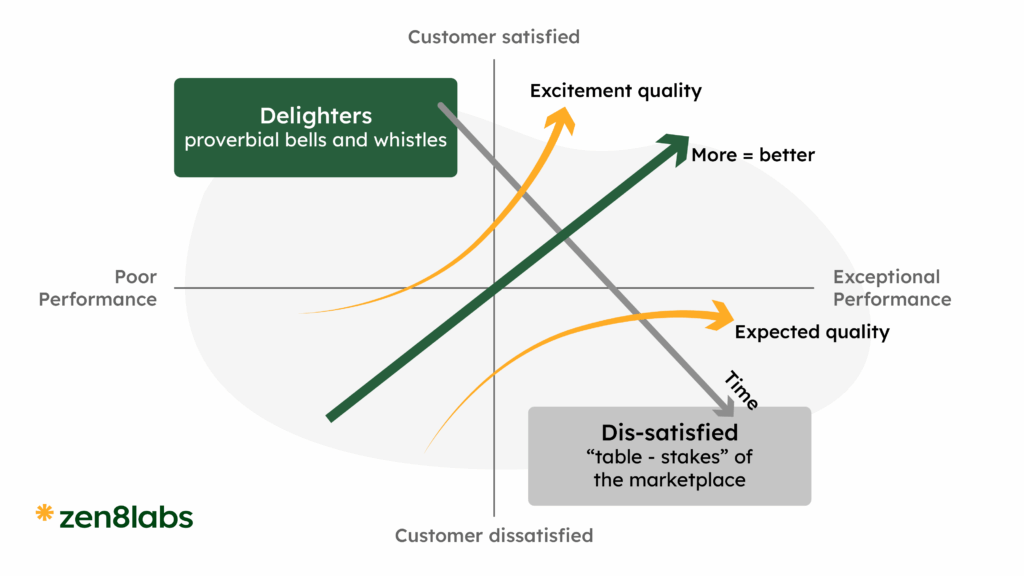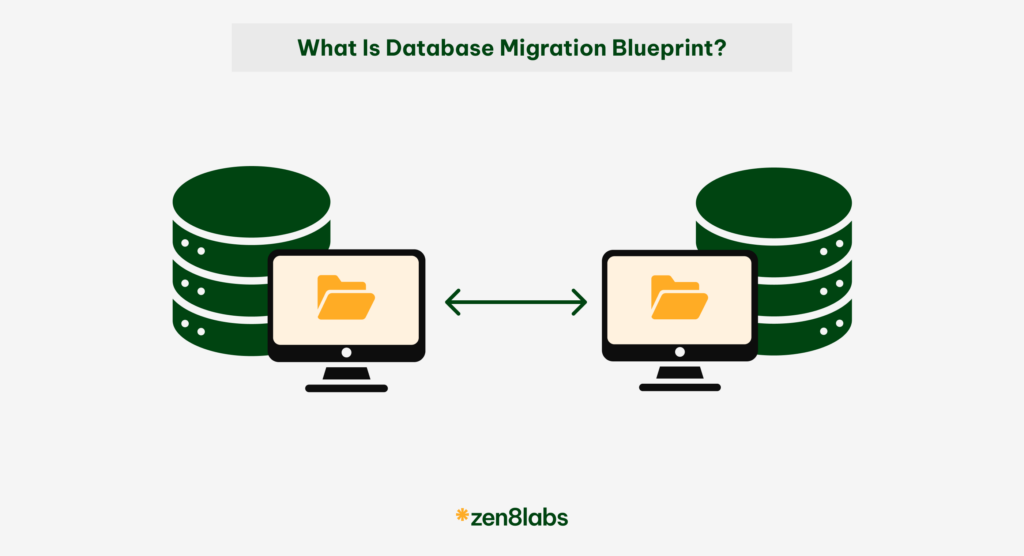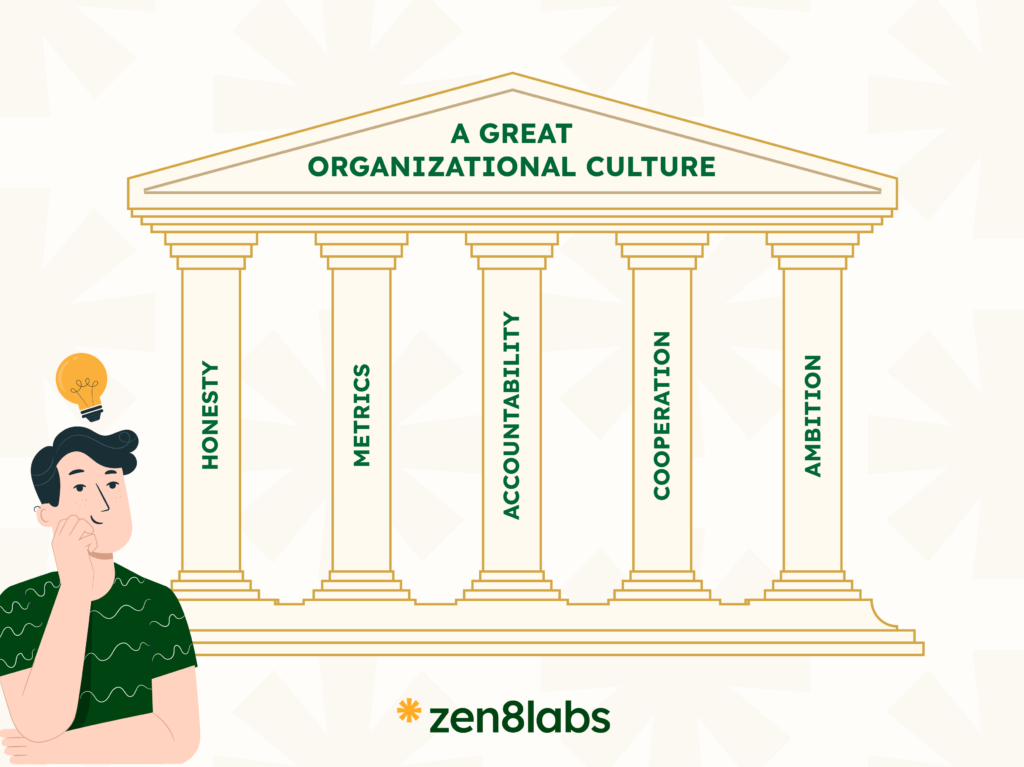Nowadays, IT outsourcing is a popular trend in the business world, as companies outsource their IT projects to third-party vendors to save costs and focus on their core business operations. However, managing requirements in outsourced projects could be a challenging process, because it requires many skills such as effective communication, collaboration, and coordination between the client and the partner. In this blog, we are going to talk about three essential aspects of requirements management in IT outsourced projects.

Clear and comprehensive requirements are the foundation of any successful IT project. In outsourced projects, requirements act as bridges between the client and the vendor, since they define what the client wants and what the partner needs to deliver. Therefore, it is crucial to have a clear and concise set of requirements that are well-documented, unambiguous, and consistent with client’s business requirements. The vendor should clearly communicate with clients and ensure that they have understood the requirements correctly. Besides, the vendor should also provide feedback and suggestions to the client to improve the requirements to meet the business needs and make sure that they are feasible and cost-effective.

Stakeholder management has a significant role in requirements management in outsourced projects. Stakeholders are individuals, groups, or organizations that may affect, be affected by, or perceive itself to be affected by a decision, activity, or outcome of a program or project — such as business owners, project managers, business analysts, developers, and quality assurance teams. Effective stakeholder management involves identifying and engaging stakeholders, understanding their needs, and expectations, and also understanding their authority levels of making decisions and managing their involvement in the project. In outsourced projects, stakeholder management could be tough, as stakeholders might be located in different time zones and have different cultural backgrounds. Therefore, it is essential to establish a plan and use collaboration tools to ensure that all stakeholders can monitor and be informed as soon as having any changes throughout the project’s lifecycle.

Change requests are an inevitable part of any IT project, and outsourced projects are no exception. This might arise due to various reasons, such as changing business requirements, technology advancements, or unforeseen circumstances. Change management involves identifying, evaluating, and tracking changes, determining the impact and making the adaptation plan, and communicating the changes to all stakeholders. If you manage the change requests well, this could help to manage expectations, prevent scope creep, and guarantee that the project is delivered on time and within budget.
Requirements management is a vitally important part of any IT project, and it becomes even more critical in outsourced projects. Clear and comprehensive requirements, effective stakeholder management, and change management are essential for the success of outsourced projects. It could be helpful to use these practices to ensure that projects are delivered on time, within budget, and meet the client’s business needs.
Diem Cai, Business Analyst


